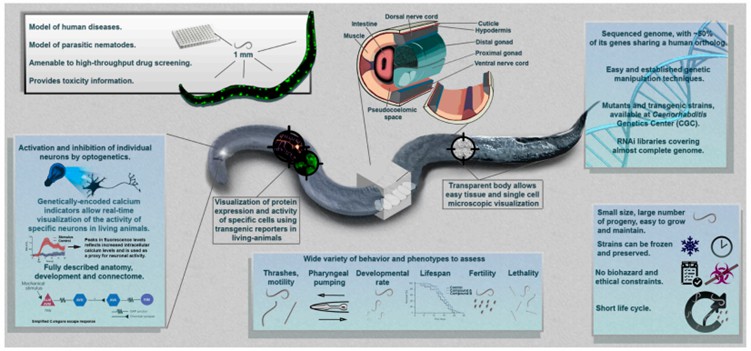The integration of environmental sensors with home surveillance cameras has revolutionized the way homeowners ensure the safety and security of their properties. This combination leverages advanced technology to provide comprehensive monitoring and alert systems that cover a wide range of environmental conditions. In this article, we explore the workings, benefits, and considerations of integrating environmental sensors with cctv installation services & home surveillance cameras.
Understanding Environmental Sensors
Environmental sensors are devices designed to detect and measure specific environmental conditions such as temperature, humidity, air quality, motion, and sound. These sensors are crucial for monitoring the indoor and outdoor environment of a home, providing real-time data that can trigger alerts and responses to maintain safety and comfort.
Temperature sensors, for example, monitor the heat levels in different areas of a home, alerting homeowners to potential fire hazards or HVAC system failures. Humidity sensors, on the other hand, can detect moisture levels that might indicate leaks or mold growth. By integrating these sensors with surveillance cameras, homeowners can obtain a comprehensive view of their home’s environment and address issues promptly.
Integration of Environmental Sensors with Surveillance Cameras
Integrating environmental sensors with home surveillance cameras involves combining the data collected by the sensors with the visual footage captured by the cameras. This integration can be achieved through centralized hubs or cloud-based platforms that aggregate data from multiple sources and enable coordinated responses.
Centralized hubs act as the brain of the smart home ecosystem, facilitating communication between sensors and cameras. These hubs can process data locally and trigger actions based on predefined rules. For example, if a motion sensor detects movement, it can command the camera to start recording and alert the homeowner. Cloud-based platforms offer more flexibility by allowing remote access and control, sending notifications to homeowners’ smartphones and enabling immediate responses to potential threats.
Benefits of Combining Environmental Sensors and Surveillance Cameras
The integration of environmental sensors with surveillance cameras offers significant benefits, enhancing the overall security and functionality of home monitoring systems. One major advantage is improved situational awareness. By providing a multi-faceted view of the environment, this combination allows homeowners to detect and respond to a wider range of threats, from intrusions to environmental hazards.
Another benefit is the increased accuracy of threat detection. Cameras alone may not capture events occurring outside their field of view, but environmental sensors can detect anomalies in areas not directly monitored by cameras. For example, a gas leak might not be visible to a camera, but a dedicated sensor can detect it and alert the homeowner, preventing potential disasters and ensuring timely intervention.
Automated Responses for Enhanced Security
One of the key advantages of integrating environmental sensors with surveillance cameras is the ability to automate responses to specific conditions. Automated responses can include actions such as turning on lights, locking doors, or sounding alarms when certain thresholds are met. These responses can be customized based on the homeowner’s preferences and the specific requirements of their property.
Automation reduces the need for constant human monitoring, allowing homeowners to focus on other tasks while the system manages routine security functions. For instance, if a motion sensor detects movement in the backyard at night, the system can automatically activate floodlights and start recording footage, deterring potential intruders and capturing evidence without manual intervention.
Improving Home Safety and Comfort
In addition to enhancing security, environmental sensors can also contribute to the overall safety and comfort of the home. Temperature and humidity sensors can monitor indoor climate conditions, ensuring that the home remains comfortable and energy-efficient. If the sensors detect that the temperature is too high or too low, they can trigger the HVAC system to adjust accordingly.
Air quality sensors can detect pollutants and allergens, helping to maintain a healthy indoor environment. By integrating these sensors with surveillance cameras, homeowners can receive alerts about deteriorating air quality and take appropriate actions, such as activating air purifiers or increasing ventilation. This integration ensures that the home environment is not only secure but also conducive to good health.
Integration with Smart Home Systems
The integration of environmental sensors and surveillance cameras is often part of a broader smart home ecosystem. This ecosystem includes other smart devices such as smart locks, thermostats, and lighting systems. By connecting all these devices, homeowners can create a cohesive and responsive home automation system that enhances security, convenience, and energy efficiency.
For example, when a motion sensor detects activity at the front door, it can trigger the camera to start recording and send a notification to the homeowner. Simultaneously, the smart lock can automatically secure the door, and the smart lights can turn on to illuminate the area. This level of integration provides a seamless and comprehensive approach to home automation and security.
Challenges and Considerations
While the integration of environmental sensors with surveillance cameras offers numerous benefits, there are also challenges to consider. One of the primary challenges is ensuring compatibility between different devices and platforms. Homeowners must ensure that their sensors and cameras can communicate effectively and that their central hub or cloud platform can manage data from all connected devices.
Another challenge is data privacy and security. With increased connectivity comes the risk of cyberattacks. Homeowners must implement robust security measures, such as encryption and regular software updates, to protect their data and prevent unauthorized access. Additionally, considering the placement of sensors and cameras to avoid blind spots and ensuring that they are not easily tampered with is crucial for maintaining an effective surveillance system.
Future Developments in Environmental Sensor and Camera Integration
As technology continues to evolve, the integration of environmental sensors with surveillance cameras is expected to become even more sophisticated. Advances in artificial intelligence (AI) and machine learning will enable these systems to analyze data more accurately and predict potential threats before they occur. For example, AI-powered sensors could learn typical patterns of activity in a home and identify deviations that might indicate a security breach.
Furthermore, the development of more compact and energy-efficient sensors will make it easier to deploy comprehensive monitoring systems without significant impact on aesthetics or power consumption. Innovations in wireless technology will also facilitate easier installation and maintenance, reducing the barriers to entry for homeowners looking to enhance their security systems.
In conclusion, the integration of environmental sensors with home surveillance cameras offers a powerful tool for enhancing home security and safety. By combining real-time environmental monitoring with visual surveillance, homeowners can achieve a higher level of situational awareness and automated response capabilities. As technology advances, these systems will continue to evolve, providing even greater protection and peace of mind.





